Tuberous begonia seeding
lilavlady
19 years ago
Related Stories

COOL-SEASON CROPSCool-Season Vegetables: How to Grow Potatoes
This ever-popular tuber is a stalwart in spring and fall gardens and a staple in kitchens everywhere
Full Story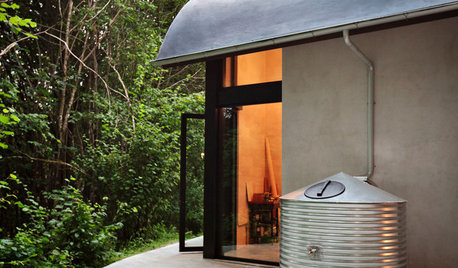
GARDENING GUIDESTexas Gardener's May Checklist
Be especially water wise this month as you sow seeds, tend to your lawn and plant edibles, grasses and flowers
Full Story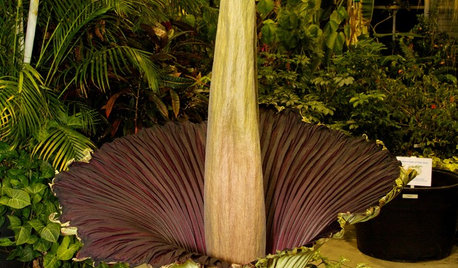
FUN HOUZZSmell This Shocking Flower at Your Own Risk
Don't say we didn't warn you: The foul scent of the rare and incredible corpse flower may knock your socks off
Full Story
SUMMER FRUITS AND VEGETABLESSummer Crops: How to Grow Beans
Grow your own beans for amazing variety and healthy, convenient produce all summer
Full Story
GARDENING GUIDESLet's Weed Out 4 Native Plant Myths
Plant wisely for a garden that supports pollinators and requires less work
Full Story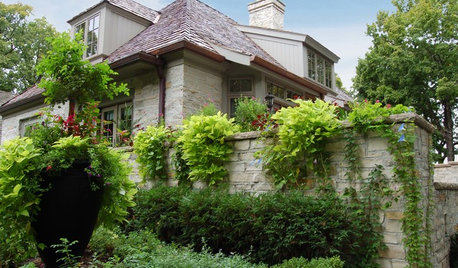
FOLIAGEGreat Design Plant: Ornamental Sweet Potato Vine
Versatile, fast growing, inexpensive and easy on the eyes, ornamental sweet potato vine has it all
Full Story
GARDENING GUIDES6 New Plant Varieties That Beat Out Their Parents
With better resistance and fewer demands, these garden beauties are worth a spot on your wish list
Full Story
GARDENING GUIDES11 Favorite Edibles for Your Cool-Season Garden
Plant crunchy carrots, crisp radishes, tender peas and other vegetables for fall and spring harvests
Full Story
GARDENING GUIDES10 Deer-Resistant Native Flowers to Plant This Fall
Learn about natives that embrace some kinds of wildlife but resist grazing deer
Full Story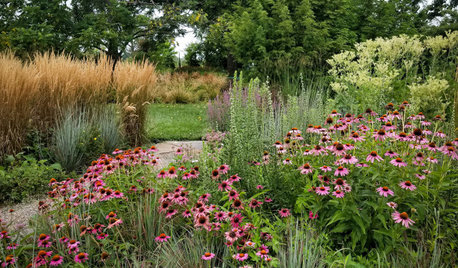
FALL GARDENING20 Favorite Flowers for the Fall Landscape
Vivid blooms and striking shapes make these annuals and perennials a delight in autumn gardens
Full StorySponsored
More Discussions






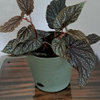
kdjoergensen
lilavladyOriginal Author
Related Professionals
Comstock Park Landscape Architects & Landscape Designers · Garden City Landscape Architects & Landscape Designers · Prairie Ridge Landscape Architects & Landscape Designers · Waterbury Landscape Contractors · Fair Lawn Landscape Contractors · Fridley Landscape Contractors · Lees Summit Landscape Contractors · North Haven Landscape Contractors · Setauket-East Setauket Landscape Contractors · Welby Landscape Contractors · Palos Heights Landscape Contractors · Bronx Siding & Exteriors · Framingham Siding & Exteriors · St. Louis Siding & Exteriors · Waukegan Siding & Exteriorskdjoergensen
lilavladyOriginal Author